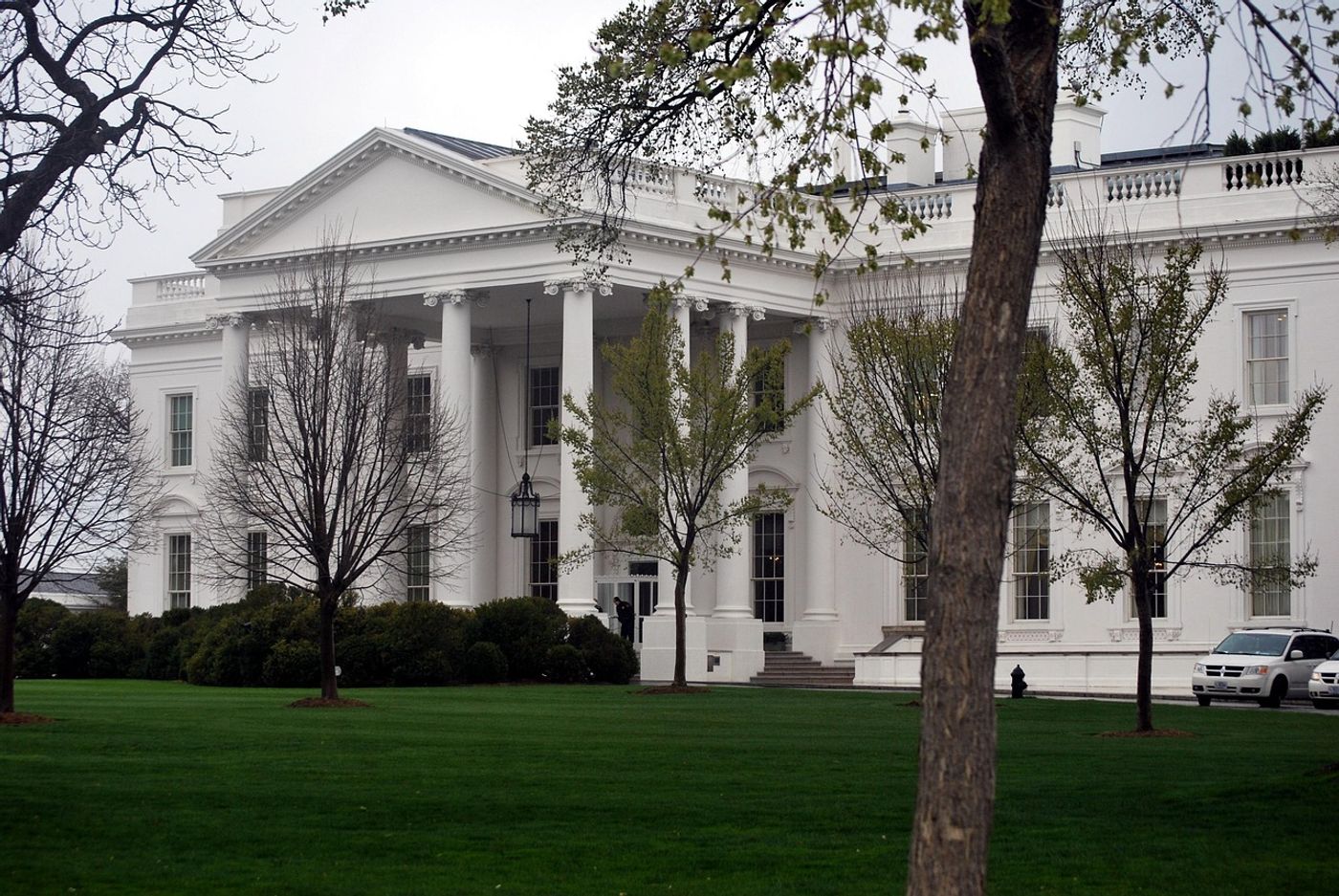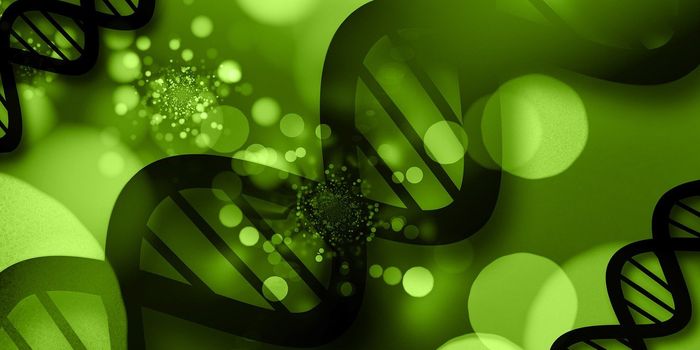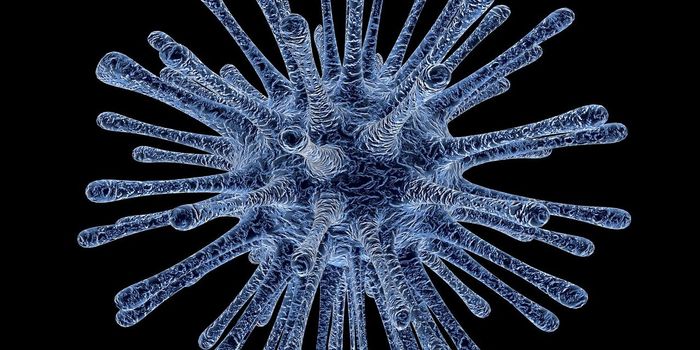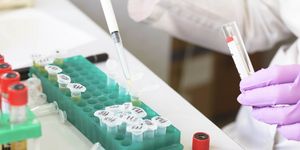Presidential Cancer Initiatives in the United States
Today, the United States celebrates Presidents’ Day, a federal holiday recognizing all the United States Presidents, past and present. Beginning as an unofficial reembrace of America’s first President, George Washington on his birthday (February 22), then-President Rutherford B. Hayes signed the law that made Washington’s birthday a federal holiday in Washington DC in 1879. In 1885, the federal holiday recognizing Washington’s birthday extended to the rest of the country. In 1971, the Federal holiday was moved to the third Monday in February as part of the Uniform Monday Holiday Act, which guaranteed the special day would never fall on the actual birthday of any President to date. While George Washington, William Henry Harrison, Abraham Lincoln, and Ronald Reagan all have February birthdays, none fall on a date that could coincide with the third Monday of the month.
During the past two Presidents' Day holidays, we've taken a moment to honor the cancer survivors among our Presidents and First Ladies. We've also delved into the covert operation arranged by President Grover Cleveland to keep his cancer a secret, and recently we discussed President Jimmy Carter’s successful cancer treatment involving a then-brand new drug, pembrolizumab. This year, in honor of today’s Presidents Day holiday, we'll explore specific efforts made by Presidents that have significantly impacted cancer research and prevention.
Franklin Roosevelt
Roosevelt signed the National Cancer Institute Act in 1937, creating the National Cancer Institute (NCI), which still stands as one of the world's most renowned Cancer Institutes. The establishment of the NCI included guidelines for providing funding to promote cancer research at other institutions throughout the country. The National Cancer Institute Act marked the first time that the United States Congress budgeted tax-payer money to study a non-communicable disease.
Richard Nixon
In 1971, President Nixon made a historic declaration by signing the National Cancer Act, marking the beginning of a national “war on cancer”. At that time, cancer had become the second-leading cause of death in the United States, and the public was in dire need of enhanced cancer research. The National Cancer Act not only provided special budgetary authority to the National Cancer Institute but also led to the creation of the Frederick Cancer Research and Development Center, the first National Laboratory focusing on cancer research. Nixon's words upon signing the Act, "I hope in the years ahead we will look back on this action today as the most significant action taken during my Administration," underscore the importance of this momentous decision.
Barack Obama
The 21st Century Cures Act, passed in December 2016, included $1.8 billion to fund cancer research. Then-President Obama used a portion of his January 2017 State of the Union address to highlight a plan, which he referred to as a “moonshot” to find a cure for cancer. The program Obama outlined, which became known as the “Cancer Moonshot,” had three major goals: 1) accelerating scientific discovery, 2) fostering greater collaboration, and 3) improving methods of data sharing.
Joseph Biden
When Joe Biden served as Obama’s Vice President, he chaired the White House Cancer Moonshot Task Force. This group oversaw the collaboration between federal agencies, private sector industry, and philanthropic groups to support cancer research and promote advances in cancer research and care. In 2022, as President, Biden reignited the Cancer Moonshot, underscored by a new goal to reduce the cancer mortality rate by half within the next 25 years.
Sources: J Nat Cancer Inst, Genes, Med Oncol, GeroScience









